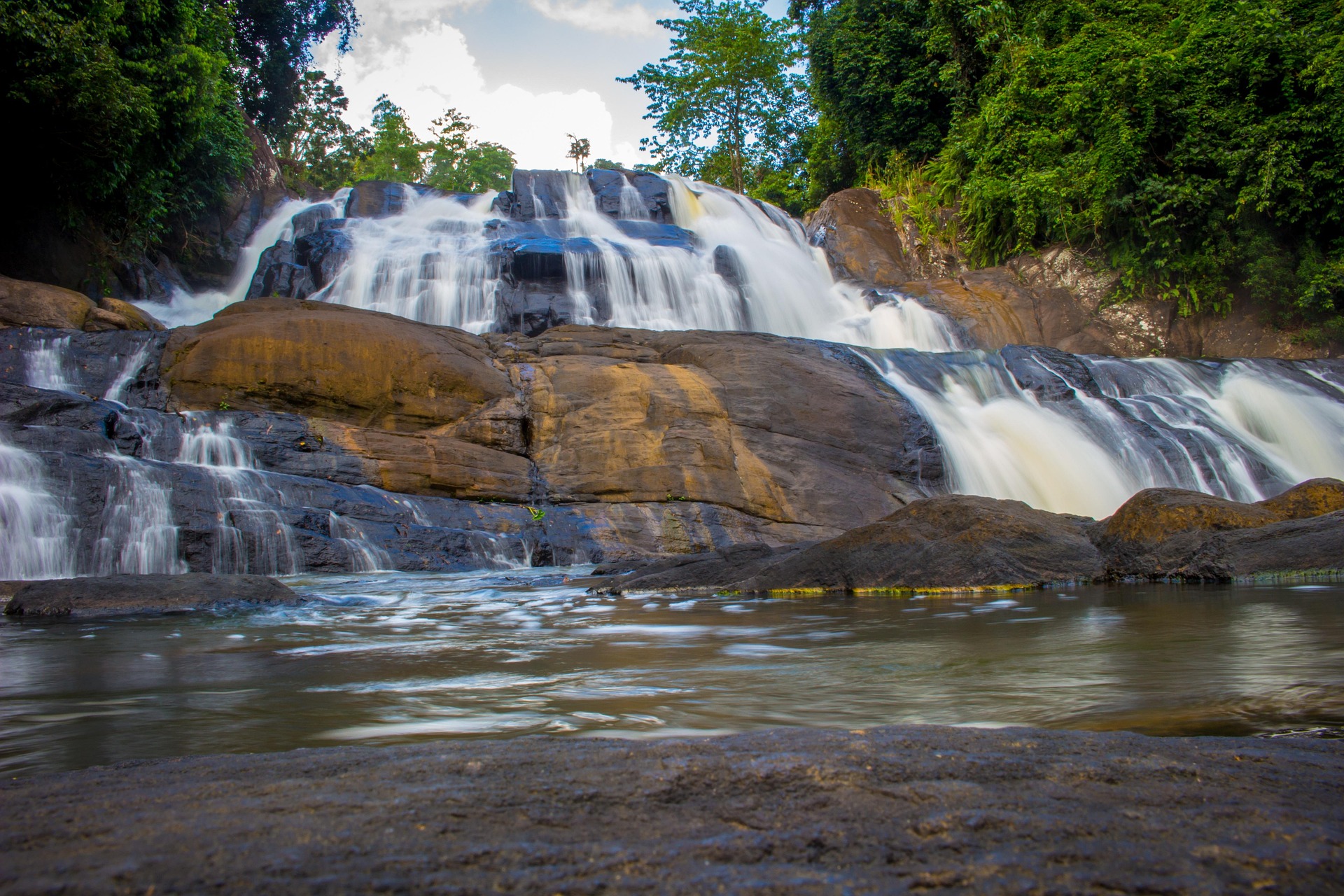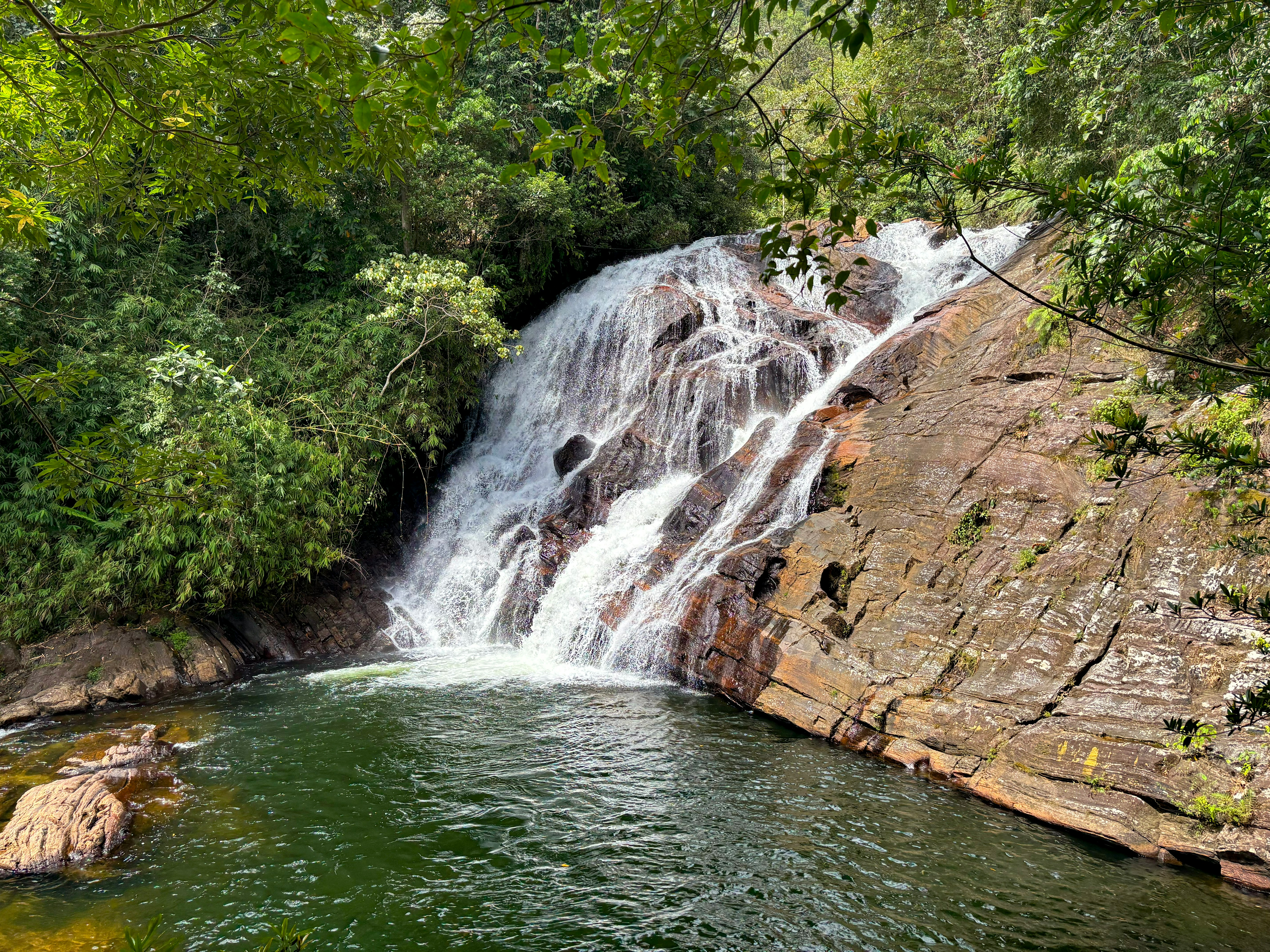Sinharaja Forest
UNESCO has named Sinharaja Forest Reserve a Biosphere Reserve and World Heritage Site, making it a globally significant forest reserve and biodiversity hotspot in Sri Lanka.
Being inaccessible protected the hilly virgin rainforest, which is a part of the lowland rain forest ecoregion of Sri Lanka, from the worst of commercial logging. It was named a World Biosphere Reserve in 1978 and a World Heritage Site in 1988.
Compared to dry-zone national parks like Yala, it is more difficult to see wildlife because of the thick vegetation. The endemic purple-faced langur is the most prevalent large mammal.
The bold Sri Lanka drongo and the boisterous orange-billed babbler are always at the head of mixed feeding flocks of birds. The 20 rainforest species of Sri Lanka's 26 endemic birds, including the elusive red-faced malkoha, green-billed coucal, and Sri Lanka blue magpie, are all found here.
There are many different types of amphibians, particularly tree frogs, and reptiles, such as the endemic green pit viper and hump-nosed viper. Leeches and the endemic Sri Lankan birdwing butterfly are examples of invertebrates.
The sinister and enigmatic Sinharaja forest, shrouded in thick fog, is rife with mystery and legend. Sinharaja, which translates to "lion" (සිංහ/சிங்கம் sinha), a king or kingdom (රාජ/ராஜா raja), is said to have been home to a legendary lion.
The majority of the Kalu Ganga basin and a tiny portion of the northern Gin Ganga are covered by the Sinharaja Forest Reserve. Rathnapura District's boundaries enclose 60% of the forest. The remaining portions consist of Kaluthara District (20%) and Galle District (20%).
The Jurassic period (200–145 million years ago) is most likely when the rainforest formed. The total area of this forest is 36,000 hectares (88,960 acres/360 km2).Trees, insects, amphibians, reptiles, birds, and mammals are among the many endemic species found in this reserve, which is only 21 km (13 mi) from east to west and no more than 7 km (4.3 mi) from north to south. The densest rain forest in Asia is the Sinharaja forest, with an estimated 240,000 plants per hectare.


